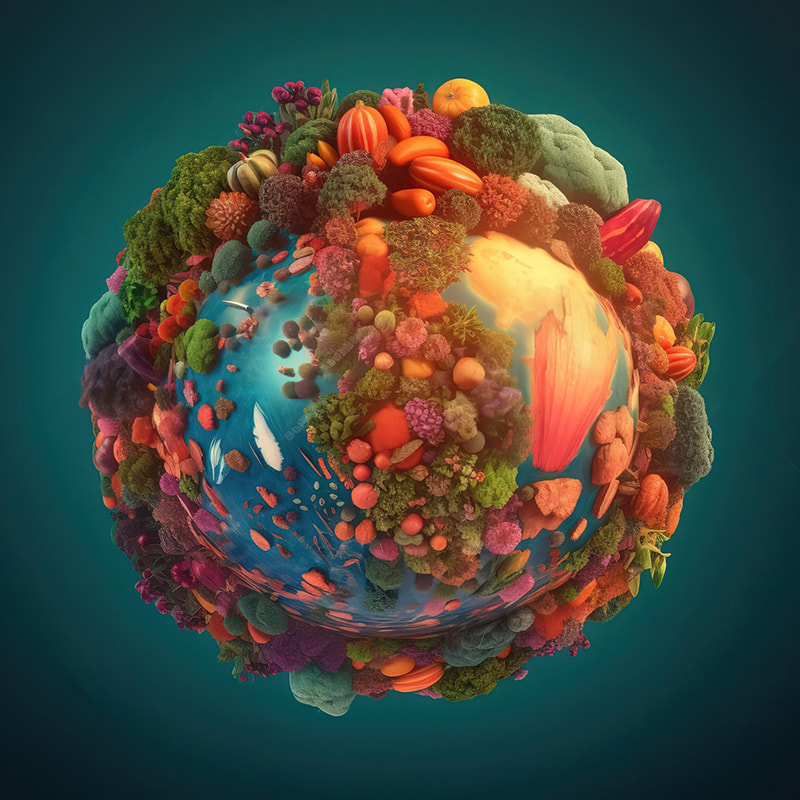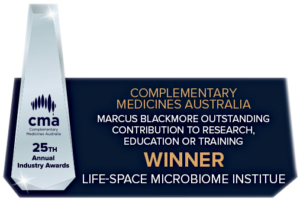The human microbiome is a complex ecosystem consisting of commensal bacteria, viruses, fungi, archaea, and helminths. In healthy individuals, this ecosystem works collaboratively with host physiology to maintain homeostasis and overall health.(1)
The gastrointestinal tract, skin, oral cavity, urogenital tract and lungs are all known to contain their own, unique microbiome.(2)

In infancy, the development of the gut microbiome runs in parallel with the development of the immune system and is influenced by the post-natal environment, genetics, mode of delivery, diet, sanitation, medications, and geographical location. Once established by three-five years of age, the composition of the gut microbiome contains approximately one hundred and sixty species of different bacteria and is relatively stable throughout life. However, alterations in microbiome communities in adulthood may still occur due to the frequency of antibiotic use, long term dietary changes, bacterial infections, and lifestyle factors.(3,4)
A revised estimate of the adult microbiome has concluded that it consists of approximately thirty-eight trillion bacteria and weighs approximately two-hundred grams.(5)
References
1. Vemuri R, Shankar EM, Chieppa M, Eri R, Kavanagh K. Beyond Just Bacteria: Functional Biomes in the Gut Ecosystem Including Virome, Mycobiome, Archaeome and Helminths. Microorganisms. 2020 Mar 28;8(4):483.
2. Meisel JS, Grice EA. Chapter 4 – The Human Microbiome. In: Ginsburg GS, Willard HF, editors. Genomic and Precision Medicine (Third Edition) [Internet]. Boston: Academic Press; 2017 [cited 2023 May 4]. p. 63–77. Available from: https://www.sciencedirect.com/science/article/pii/B9780128006818000049
3. Rodríguez JM, Murphy K, Stanton C, Ross RP, Kober OI, Juge N, et al. The composition of the gut microbiota throughout life, with an emphasis on early life. Microb Ecol Health Dis. 2015 Feb 2;26:10.3402/mehd.v26.26050.
4. Faith JJ, Guruge JL, Charbonneau M, Subramanian S, Seedorf H, Goodman AL, et al. The long-term stability of the human gut microbiota. Science. 2013 Jul 5;341(6141):1237439.
5. Sender R, Fuchs S, Milo R. Revised Estimates for the Number of Human and Bacteria Cells in the Body. PLoS Biol [Internet]. 2016 Aug [cited 2023 Mar 22];14(8). Available from: https://www.ncbi.nlm.nih.gov/pmc/articles/PMC4991899/

